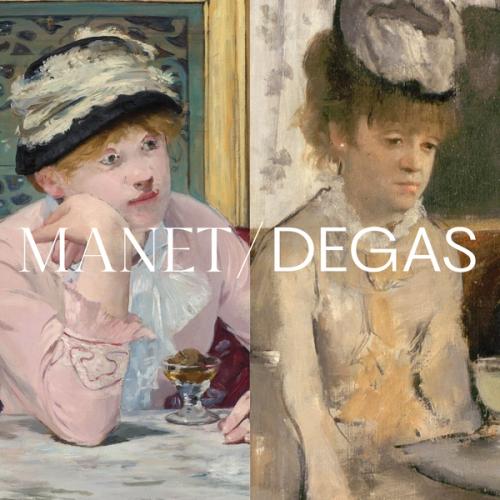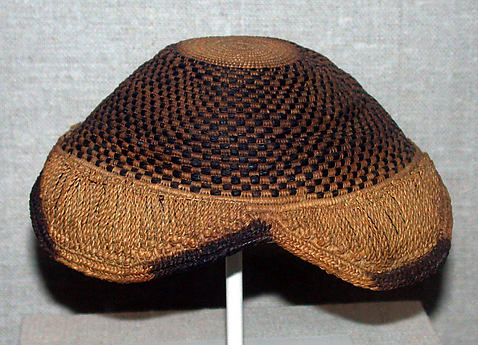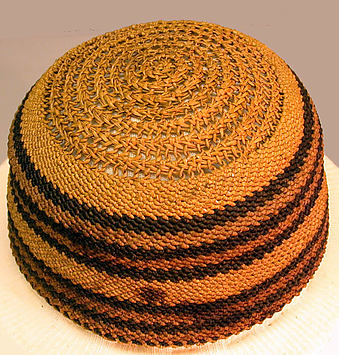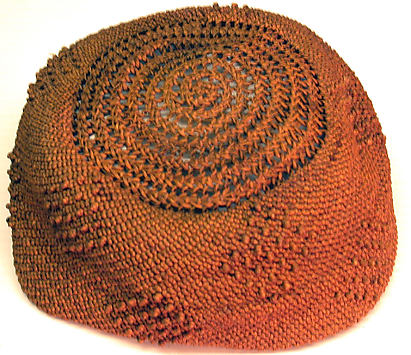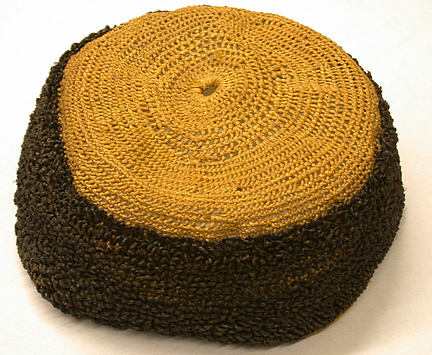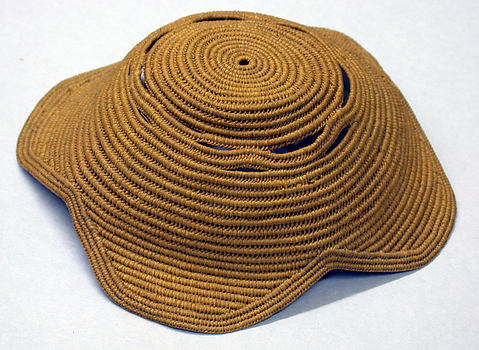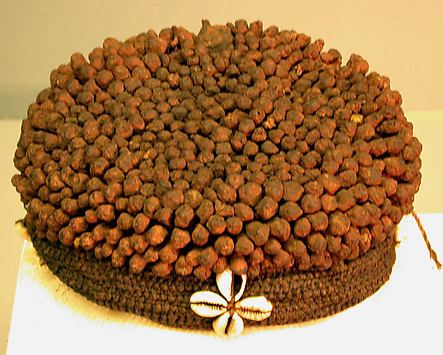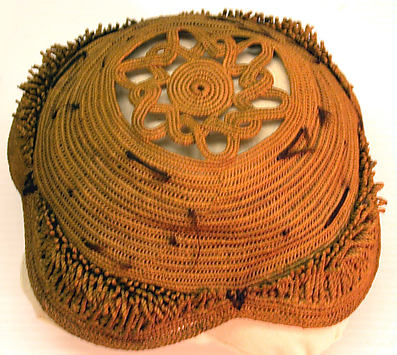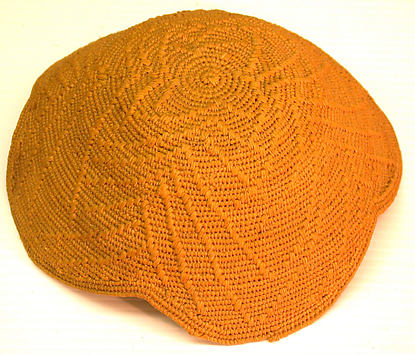Édouard Manet, one of the greatest of all French artists, is celebrated in this sumptuous volume, the catalogue of the major retrospective held in Paris and New York in honor of the centenary of his death. It represents the most complete gathering of Manet's work since the memorial exhibition at the École des Beaux-Arts in Paris in 1884. Over 220 paintings, drawings, watercolors, and prints, chosen from public and private collections in Europe, the United States, and South America, are here discussed and reproduced. Manet is "often called the father of Impressionism, and in his work lies the germ of all subsequent painting," comments Philippe de Montebello, director of The Metropolitan Museum of Art, New York. Today it is difficult to comprehend the rejection and shock that Manet's paintings provoked when first shown, for he understood and explored the academic tradition even as he moved away from it. He emerges in this volume as the first nineteenth-century modernist, one who managed to reconcile the elements required for official recognition—he limited the exhibition of his works to the annual Salons—with the most advanced tendencies in the painting of his time. Manet became a focus for the young artists who would later band together to create the Impressionist movement. Yet by 1874 he, in turn, had been influenced by their work. The full range of Manet's development as an artist is shown not only by key paintings—such as The Fifer, Déjeuner sur l'herbe (Luncheon on the Grass), Olympia, The Balcony, Boating, A Bar at the Folies-Bergère—but also by many revealing if lesser-known works. Lively essays by the organizers of the exhibition, Françoise Cachin of the Musée d'Orsay Paris, and Charles S. Moffett of the Metropolitan Museum, by the art historian and Manet specialist Anne Coffin Hanson, and by Michel Melot, director of the print department at the Bibliothèque Nationale, Paris, describe the artist in his time, his relation to the Impressionist movement, his pictorial language, and his prints. All the works are superbly illustrated in color and black-and-white, with many full-page details, and are accompanied by informative commentaries written by Cachin, Moffett, and Juliet Wilson Bareau. The fascinating documentary materials include a map of Manet's Paris, letters from Manet to his friend Émile Zola and other personal documents, a chronology, a list of exhibitions, a list of editions of his prints, a bibliography, and indexes. In its breadth and scope, this volume pays fitting tribute to the painter who once said to a friend of his, "I should be seen whole. Don't let me go into the public collections piecemeal. I'd be misjudged." Within these pages it is possible to view the full achievement of Édouard Manet, an artist who was both the last in a great tradition and a pioneer of the modern age.
